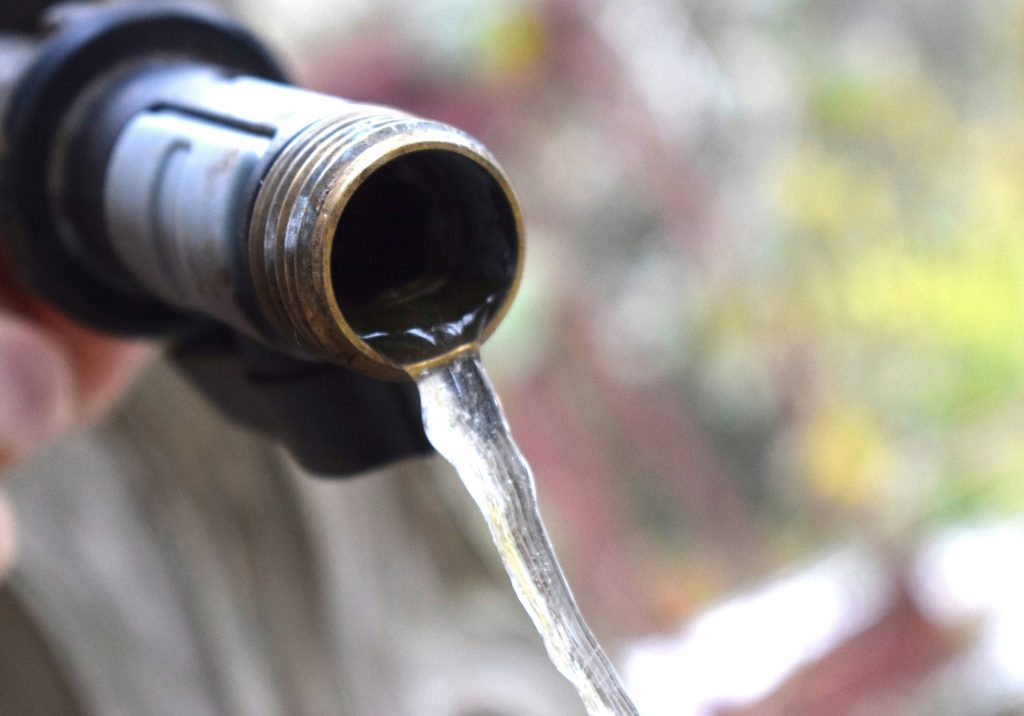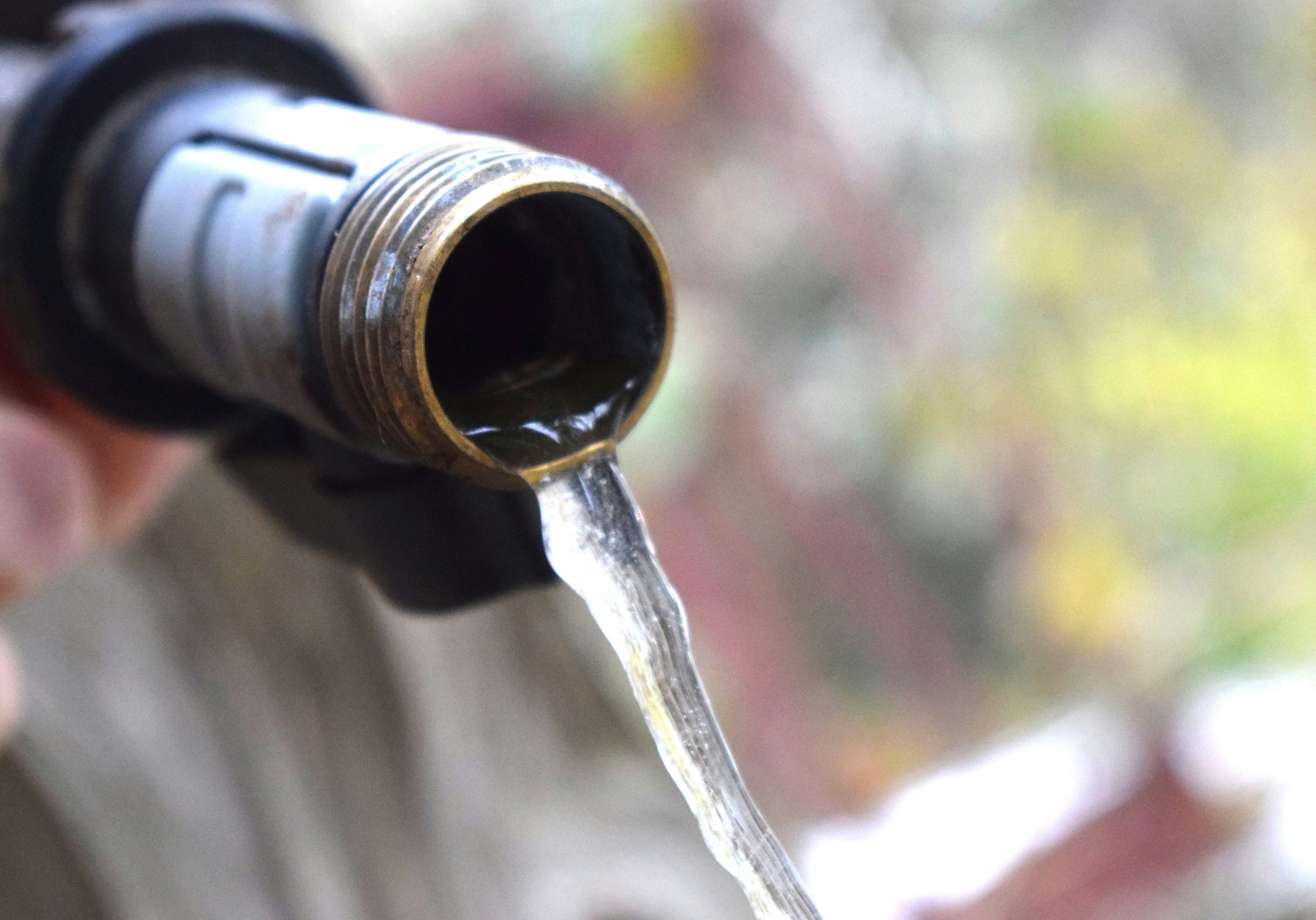
Whether you’re using a holding tank as part of your temporary office setup or relying on one for running a bustling event, it plays an important yet often overlooked role in keeping waste secure and discreet.
Eventually, you’ll need to empty it – how often do holding tanks need to be pumped, though? We’re here to help you determine the ideal frequency. Factors influencing this timeline include the size of your tank and its usage, the type of waste in the tank, and more.
But in general, you’ll need to pump your tank every 1-4 weeks. A better way to go about this is to watch out for the telltale signs your specific tank is full and start to come up with a regular schedule that way. These include visual indicators on the tank, unpleasant odors, and more.
The truth is, though, you can put all the stress and uncertainty of using holding tanks in the past by renting yours through Viking Rental in Texas. We handle everything for you so that you don’t have to worry about this – from drop-off to maintenance to pickup.
Explore our solutions today and find out firsthand why we’ve been the trusted choice in Texas for more than years:
- Holding tank rental Dallas
- Holding tank rental Austin
- Holding tank rental Houston
- Holding tank rental Fort Worth
What are Holding Tanks?
First things first, what is a holding tank? These are just sealed containers used to temporarily store wastewater until it can be transported to a treatment facility or properly disposed of.
They’re used within porta potties and restroom trailers, but they can also be a standalone solution for storing grey water. There are four main types of tanks:
- Wastewater Tanks: These hold sewage from household plumbing and are commonly found in residential settings or mobile homes that lack direct sewer connections.
- Septic Tanks: A type of holding tank specifically designed for on-site sewage treatment. The heavy waste settles at the bottom where it slowly breaks down, while the lighter water at the top flows out into a drainage area. This reduces the waste while safely releasing the cleaner water back into the ground.
- Greywater Tanks: These tanks store used water from sinks, showers, and kitchens that doesn’t contain sewage, but isn’t necessarily clean. Greywater can be recycled on-site for uses such as irrigation or, if treated, for other non-potable purposes.
- Portable Holding Tanks: Often used at construction sites, camping sites, or during events, these tanks are designed for easy transport and temporary use. This is the style we offer here at Viking Rental – more on that later.
You’ll find holding tanks used across a multitude of industries and settings, from residential usage to construction sites, remote workstations, or outdoor events. They’re especially important for RVs and boats.
Factors Influencing How Often Your Holding Tank Needs to be Pumped
No matter what you’re using your tank for, the question remains – how often do holding tanks need to be pumped? Let’s unpack some of the factors influencing the frequency of maintenance.
Capacity and Usage
The main determinants of how often you’ll need to pump your tank are how much waste it can contain and how fast it gets filled up.
Smaller tanks fill up faster and require more frequent servicing, especially if they serve a large household or a busy commercial site. Conversely, larger tanks have a greater holding capacity, allowing for longer intervals between pumpings.
You’ll need to assess your daily water usage and waste production to come up with an estimate of how quickly your tank will reach its capacity. But, you also need to consider what’s going into the tank…
Type of Waste and Tank Material
The specific types of waste being deposited into the tank also impact how often it needs to be emptied.
Tanks that primarily handle black water (waste from toilets) will need more frequent pumping compared to those dealing only with grey water (waste from sinks, showers, and laundry).
Black water contains organic materials that can quickly build up and create blockages if not regularly removed. It also creates more pungent odors that can quickly become unpleasant, even if your tank is built with odor protection.
The tank material plays a role here as well. Metal tanks may corrode over time if not pumped and cleaned regularly, while plastic or fiberglass tanks might be more resistant to wear but can still accrue residue that needs periodic clearing.
Each material might also react differently to the chemicals in the waste, potentially influencing maintenance schedules to prevent damage and ensure the tank’s longevity.
How Often Do Holding Tanks Need to be Pumped?
So, how often do holding tanks need to be pumped? It’s clear there is no one-size-fits-all answer, but we’ll discuss general guidelines below along with the signs your tank needs to be pumped.
General Guidelines for Pumping Frequency
- Residential Tanks: For standard residential use, septic tanks typically require pumping every 3 to 5 years depending on household size and daily wastewater generation.
- Commercial and High-Use Applications: For holding tanks used in commercial properties or at event venues, the frequency of pumping is much higher. Tanks in these settings might need to be pumped quarterly or even monthly depending on the volume of use.
- Very High-Use Scenarios: In situations where holding tanks are used extensively, such as at large festivals or construction sites with many workers, the tanks may need to be pumped weekly or bi-weekly to handle the high throughput of waste effectively.
Signs Your Holding Tank Should Be Pumped
With so much variation in holding tank pumping guidelines, you’re better off taking a more proactive approach and watching for the signs your tank is full and needs to be emptied. These include:
- High Levels in the Tank: Visual inspections or tank monitoring systems that show high levels of waste close to the inlet pipes often indicate that the tank needs pumping to avoid backups and potential damage to the system
- Unpleasant Odors: If there are noticeable, persistent bad smells coming from the tank or the drains, it’s a clear indication that the tank is reaching or has exceeded its capacity.
- Slow Drains: When sinks, showers, and toilets start draining slower than usual, it could mean that the tank is full and needs to be emptied to restore normal flow.
- Water Pooling: Water pooling around the drain field or the area where the tank is buried can signal that the tank is overflowing. This situation requires immediate attention to prevent environmental contamination.
How to Pump Holding Tanks
We recommend hiring help to pump your tank as you’re dealing with biological waste – it can be an incredibly unpleasant experience, and in some cases, downright dangerous. But if you intend to pump your own tank, here’s how to safely do so.
Preparation Steps
Start by getting dressed in all the necessary safety gear. That includes gloves, goggles, and appropriate clothing to protect from potential splashes or hazardous fumes.
Then, take a few moments to locate your tank and clear the area covering the tank lid. If you’re using a portable tank this is quick and easy, but those that are buried will require a bit more work to access.
Bring the pump truck as close to the tank’s access point as you can and unroll the hose. You need to make sure the hose can reach the access point without kinks or bends that could impede the flow.
Pumping Process
The actual process of pumping waste from your tank is fairly simple and straightforward:
- Connect the Hose: Attach the pumping hose to the tank’s access port. A secure and tight fit will prevent leaks or spills during the pumping process.
- Start the Pump: Activate the pump on the truck, watching closely as the waste begins to flow from the tank into the truck. This will take some time, but don’t leave the site unattended. Monitor the process to ensure there are no backups or overflows.
- Check Tank Levels: Periodically check the tank’s levels as it empties to avoid over-pumping which can damage the tank. Some tanks are equipped with level gauges to facilitate this, otherwise, a manual check will be necessary.
- Flush the Tank: Once the majority of waste is removed, flush the tank with water to clean out any remaining debris. This helps prepare the tank for another cycle of use.
Post-Pumping Maintenance
After pumping and flushing, inspect the interior of the tank (if possible) for any residual buildup or damage. This can also be a good time to check for any necessary repairs.
You can follow up by disinfecting the area around the tank’s access point to minimize the risk of contamination or the spread of any residual waste.
Then, secure and seal the tank’s lid. If it’s damaged or not fitting back on properly you’ll need to replace it to prevent odors and leaks.
Document the date of the pump-out, any issues encountered, and any repairs made. This will help you get a sense of how often you’re pumping your holding tank so you can come up with a consistent schedule.
Put the Stress of Pumping Holding Tanks in the Past When You Rent With Viking!
There you have it – everything you need to know about maintaining your holding tank, from coming up with a pumping schedule to actually performing the task yourself.
But wouldn’t it be nice to stop stressing about this for good? If you’re renting a holding tank, you can count on Viking Rental to not only deliver a high-quality solution but back it up with world-class service every step of the way, from delivery to routine pumping and eventually, pick up.
You have 200-gallon and 250-gallon holding tanks at your disposal to accommodate any use case – be it a superintendent’s trailer at a large construction project in Houston or perhaps a real estate sales office on the outskirts of Austin. Beyond holding tanks, we have all your other portable sanitation solutions covered, including:
- Bathroom trailer rental
- Porta potties rental
- ADA portable toilets rental
- Towable porta potty rental
- High rise portable toilets rental
- VIP solar restrooms rental
We’ve been the #1 choice in Texas for more than 50 years due to our relentless commitment to providing our customers with the most seamless rental experience possible.
But why not experience the difference firsthand? Get a quote today and put the stress of holding tanks and sanitation in the past for good!
Closing Thoughts on Pumping Holding Tanks
Pumping your tank on a routine basis prevents overflow, reduces odors, and avoids costly repairs that could arise as a result of neglect.
So, how often do holding tanks need to be pumped? As you can see, there are so many moving pieces from the size of your tank to its usage, the type of waste it contains, and more.
Your best bet is to watch for signs your tank is reaching its capacity and act accordingly. Eventually, you’ll start to get a sense of how often you’re performing this task and you can come up with a schedule from there.
Our blog has more resources on topics like the ADA portable toilet dimensions, how many portable toilets are needed per person, DIY restroom trailer, bathroom trailer rental cost, porta potty rental prices, porta potty vs bathroom trailer, price for ADA porta potty, and more.
Otherwise, get in touch with Viking Rental and put the concern and uncertainty of managing your holding tank in the past for good. When you rent from us you won’t even have to think about maintenance, we handle it all.
So, contact us today for a worry-free world of professional waste management solutions!

